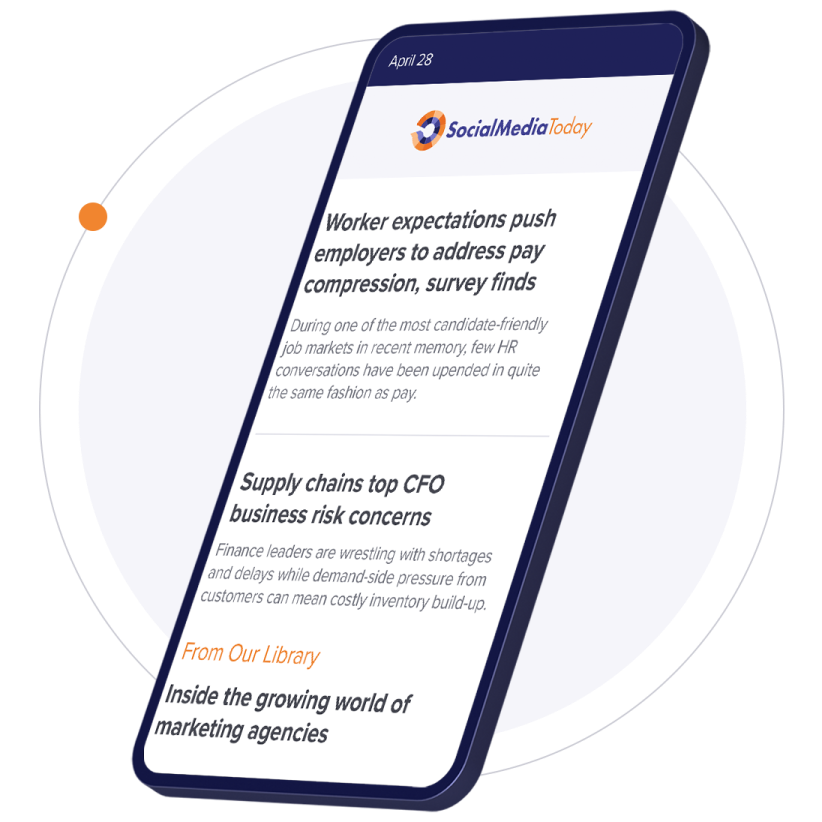For many vendors, it is usually much less expensive to retain existing customers that to acquire new customers. However, it may be that the potential to sell more products and services to existing customers is limited: sales to current customers may have reached saturation point, so the only opportunity, or the main opportunity may lie in acquiring new customers. Competitive strategy may also require the successful acquisition of new customers, to increase market share, lower costs of production or obtain other economies of scale or to limit competitors' access to market segments.
The costs of acquisition can include:
- Developing a segmentation for the targeting of new customers to acquire; the segmentation can involve the time needed to identify new customers, the probability of successful acquisition, tests of natural inclination or tendency of new customers to buy and as many other factors that can help improve targeting and acquisition
- The time needed to develop a new sales process, which can require new or further development of web sites, databases and other systems
- The incremental costs of pre sales, sales, fulfillment, administration and support people, as sales to new customers may require more pre sales and sales time and support resources; also, people may require training for the successful acquisition of new customers
- New marketing and sales literature and other collateral
- The integration of multiple channels in the sales process, such a mobile, web, call centre, retail outlets or branches and field selling
- The development of new incentives and rewards to motivate the acquisition of new customers
- New reports and dashboards, to track and report activity
To get the mix right, in terms of allocating resources to acquisition or retention, the true cost of acquisition needs to be known, and the life time value of newly acquired customers fully understood. The lifetime value is the number of years they remain a customer, the number of transactions during each year and the average value of each transaction.
The costs of retention can include:
- Time and investment in understanding how existing customers' needs are changing, and developing new products and services, or refreshing existing products and services, to meet these needs.
- Costs incurred in determining the lifetime value of retained customers. This may involve segmenting existing customers by different lifetime values and the propensity and costs in retaining these customers.
The key to successful acquisition of new customers is in effective targeting, which in turn, depends on good segmentation. Effective targeting will reduce the cost of acquisition and hence improve the return on investment (RoI) in acquiring new customers.





